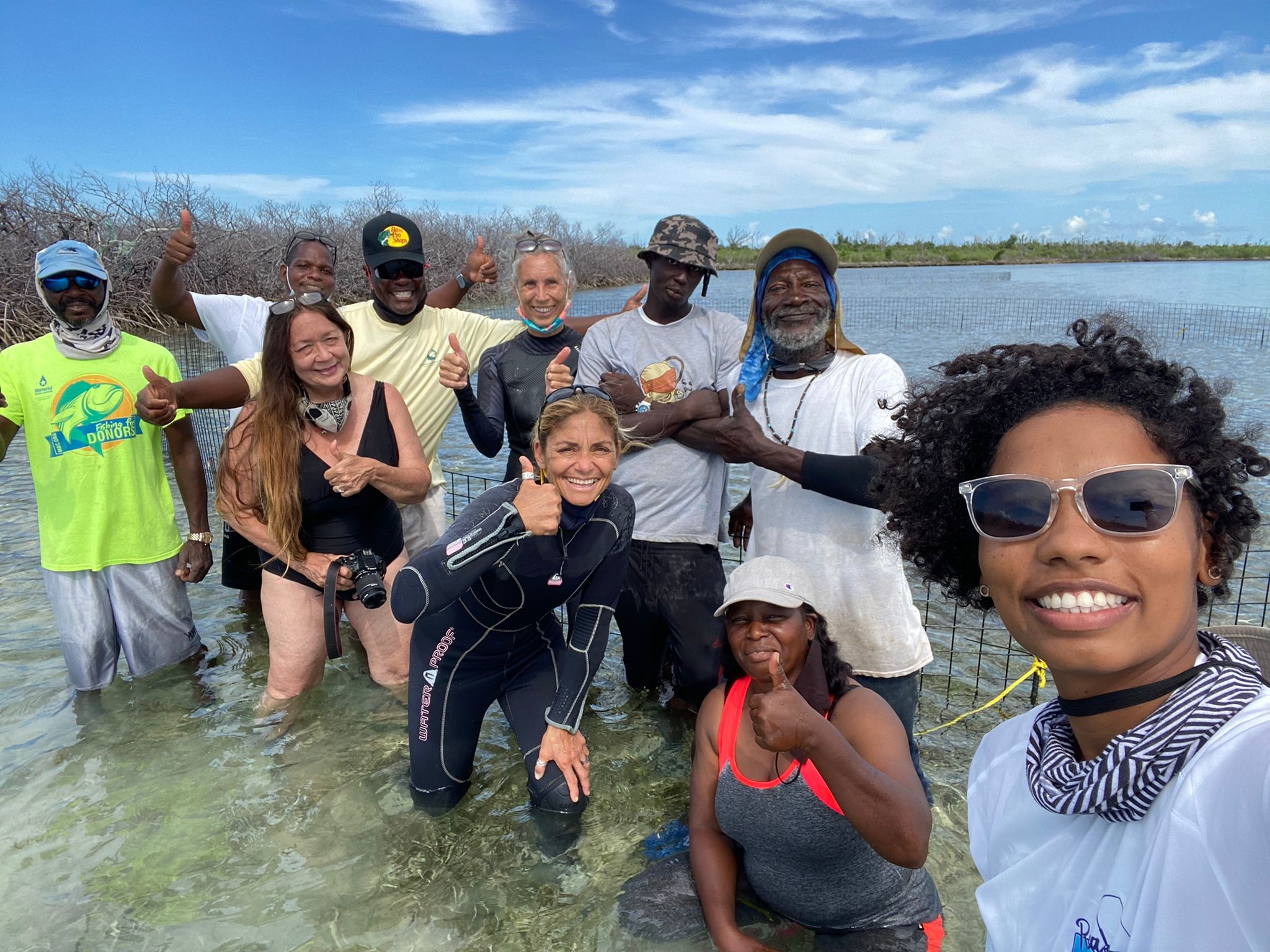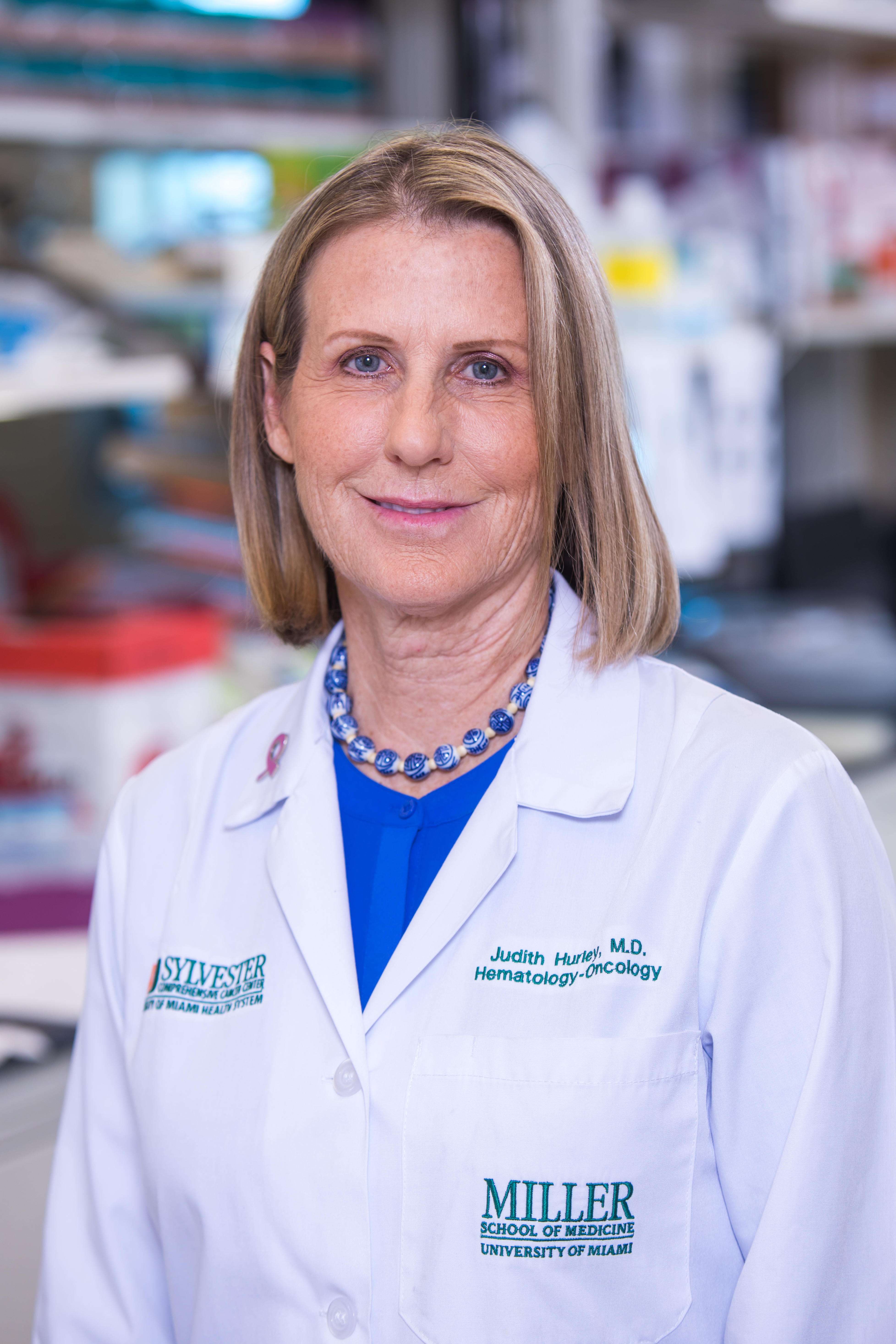Once Sargassum deluges beaches, removing, disposing and repurposing the seaweed presents many logistical and economic challenges. Cleaning up these huge piles of annoying seaweed while protecting these critical habitats at the same time is a precarious struggle.
Tag: Caribbean
Severe Hurricanes Boost Influx of Juveniles and Gene Flow in a Coral Reef Sponge
A study is the first to evaluate substrate recolonization by sponges in the U.S. Virgin Islands after two catastrophic storms using genetic analyses to understand how much clonality verses sexual recruitment occurs on coral reefs post-storms.
Haiti is close to becoming a failed state
Gangs have attacked the airport and jails while the de facto prime minister was out of the country. University of Miami experts discuss the nation’s future.
Jellyfish shown to learn from past experience for the first time
Even without a central brain, jellyfish can learn from past experiences like humans, mice, and flies, scientists report for the first time on September 22 in the journal Current Biology.

FAU Harbor Branch Receives $2.8 Million Gift to Create a Queen Conch Farm in Grand Bahama
This support expands FAU Harbor Branch’s extensive aquaculture and food security program focused on replenishing queen conch populations throughout the Caribbean. It also enables development of a conceptual master plan for a 25-acre innovation hub on Grand Bahama for researchers working to solve issues of island sustainability.
University of Miami Health System Signs Partnership with Jamaica’s Minister of Health
The University of Miami Miller School of Medicine and UHealth – University of Miami Health System have signed a memorandum of understanding (MOU) with Jamaica’s minister of health to improve the health infrastructure in Jamaica and the Caribbean through education and collaboration.
What’s changed in Cuba in the year since the protests?
University of Miami experts versed about the Caribbean nation address what has transpired since the July 11, 2021, anti-government protests.
Desperate for change, island nations explore suing polluters
Facing an increasing amount of extreme weather and ever-rising sea levels, two island nations raised the possibility of claiming damages from major polluting countries through judicial means. The Caribbean nation of Antigua and Barbuda and the Pacific nation of Tuvalu…
Surge in Nitrogen Has Turned Sargassum into the World’s Largest Harmful Algal Bloom
Scientists have discovered dramatic changes in the chemistry and composition of Sargassum, floating brown seaweed, transforming this vibrant living organism into a toxic “dead zone.” Results suggest that increased nitrogen availability from natural and anthropogenic sources, including sewage, is supporting blooms of Sargassum and turning a critical nursery habitat into harmful algal blooms with catastrophic impacts on coastal ecosystems, economies, and human health. Globally, harmful algal blooms are related to increased nutrient pollution.
New Study Sheds Light on Caribbean Mammal Extinctions, Helps Guide Conservation Strategies
A new study reveals that the largest and smallest mammals in the Caribbean have been the most vulnerable to extinction. The findings, published in the Proceedings of the Royal Society B, help predict future extinction risk and inform the conservation strategies needed to prevent future biodiversity loss.

Significant New Findings about Breast and Ovarian Cancer in Patients from the Caribbean
In this study, among Caribbean-born individuals with breast and ovarian cancer, 1 in 7 had hereditary breast and ovarian cancer. The proportion of hereditary breast and ovarian cancer varied by island and each island had a distinctive set of variants.
From pandemic to storms, virtual summit takes on issues facing small island states
The Virtual Island Summit, held earlier this month and attended by 350 representatives of government, civil society, business and academics from more 60 different countries, addressed the urgency of identifying and implementing technology-based solutions to the COVID-19 pandemic.